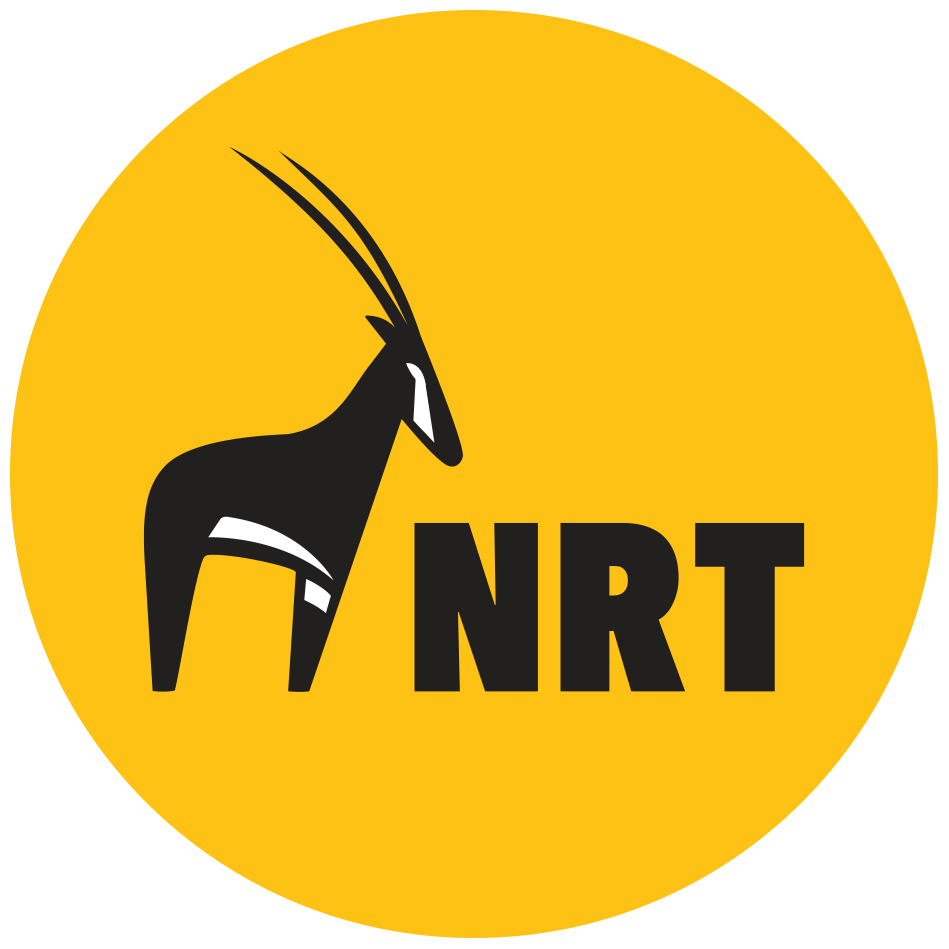Rangelands Rehabilitation in Naibunga
In Naibunga Community Conservancy, deep scars in the landscape are reducing grass cover, posing a hazard to livestock and wildlife, and even cutting off entire communities from one another.
The gullies, caused by a combination of climate change, overgrazing, and unsustainable land and soil management, are getting worse year on year, and represent an overall decline in rangeland health in Naibunga. Communities here – whose livelihoods depend largely on livestock and healthy grasslands – are becoming increasingly concerned.
“The increasing number and sizes of gullies will take over a huge chunk of our land if we do not arrest the situation now,” said Masampai Tunai, Chairperson Naibunga Community Conservancy- Loborsoit (Lower) unit.
Recently, several head of livestock have been injured or died falling into these gullies. They pose a lethal risk to wildlife too. What’s more, says the manager of Naibunga Lower Conservancy Piranto Olemosien, by cutting off footpaths during the rainy season, they have led to a complete communication breakdown between some villages.
Earlier this year, the Naibunga community decided to take action, and approached NRT’s Rangelands Department for support. In collaboration with The Nature Conservancy - WYSS, Naibunga was granted Ksh. 2.4 million to rehabilitate degraded land, for the benefit of people and wildlife.
The grant was channeled to Naibunga’s three units (Upper, Central and Lower) to fund community-driven rangelands rehabilitation initiatives including gully healing (filling in gullies to stop further spread), clearing of Acacia reficiens (a prolific and damaging species) and the reseeding of perennial grasses.
Steered by the conservancy rangeland coordinator and grazing committees (elected from the community), several planning meetings took place in September to set priorities and areas of action. Around 1,225 community members signed up to take part in rangelands rehabilitation activities.
Between them, they worked on healing gullies across more than 10,000 acres (40 square kilometres) – using trenches to anchor the earth and cause a build up of soil when it rains. They also cleared 7,150 acres (29 square kilometres) of Acacia reficiens and reseeded 350 acres (1.4 square kilometres) with grasses.
While it will take some years before this hard work bears fruit, the community now have momentum behind them to take the lead in sustainable rangelands management.
This isn’t just a Naibunga issue. Across the Northern landscape, communities are starting to take affirmative action against land degradation. Oldonyiro, Meibae, Namunyak, Kalama and Westgate community conservancies all have active rehabilitation programmes, paving the way for more conservancies to follow suit.



